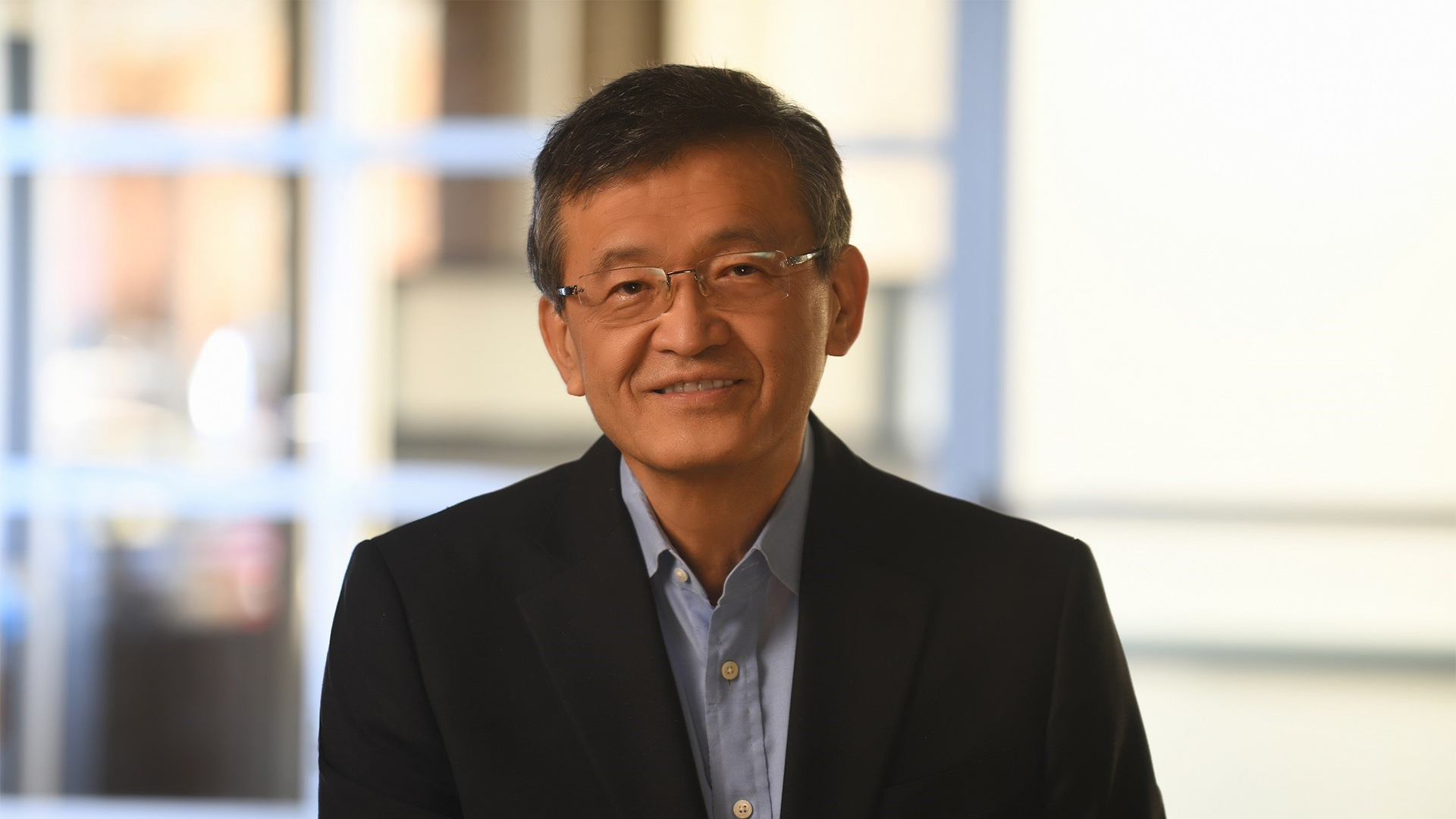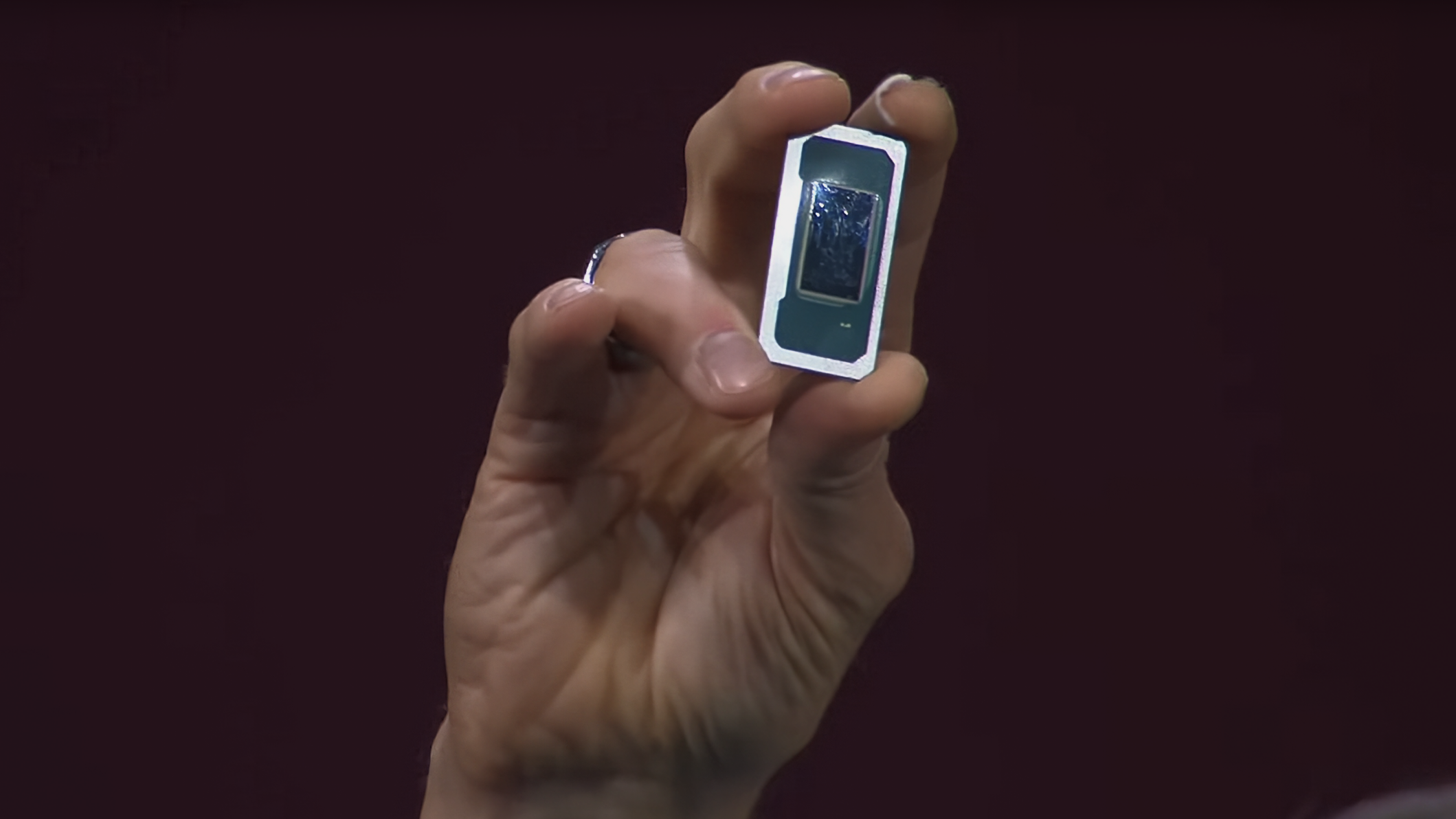Intel’s transformation under CEO Lip-Bu Tan is entering a ruthless new phase. The company, which only days agorevealed $2.9 billion in quarterly lossesand the slashing of 15% of its workforce (something in the workssince last year), is now spinning off its Network and Edge Group (NEX) as a standalone business. It’s the latest move in a “sweeping effort” to streamline Intel’s core operations while divesting anything that doesn’t fit Tan’s new, AI-first strategy.
The plan, confirmed through a customer memo firstreported by CRNand latercorroborated by The Register, outlines Intel’s intention to find strategic investors for NEX. Intel will remain an “anchor investor,” much like it did withAltera—the programmable logic division it acquired in 2015 and partially sold off earlier this year. The NEX business, which covers networking silicon, Ethernet, and communications infrastructure, will now chart its own course.

“Backed by Intel, this new, independent company will be positioned to accelerate its customer-facing strategy and product roadmap by innovating faster and investing in new offerings,” said Sachin Katti, the group’s chief and Intel’s current AI strategy lead.
For Tan, the NEX spin-off is emblematic of a broader philosophy shift: Intel is exiting everything that’s not essential to its x86 and AI ambitions. During its Q2 earnings call, Tan described Intel as “overextended and inefficient,” citing a workforce reduction to 75,000 employees—a drop of over 30,000 from early 2025—and a pivot away from its once all-consuming foundry expansion plans.

Even Intel’s crown jewel, its process technology roadmap,is on the chopping block. Tan warned that Intel’s next-generation 14A (1.4nm-class) node could be canceled entirely if the company fails to secure a major external customer, effectively surrendering the cutting-edge process race toTSMCandSamsung.
Intel’s core CPU roadmap remains on track, at least for now. Panther Lake, built on the 18A node, is stillplanned for late 2025with a heavy emphasis on AI performance andreintroducing Hyper-Threadingto P-cores. On the server side, Granite Rapids is progressing, butAMD’s EPYC dominancecontinues to challenge Intel’s position in hyperscale workloads. With the NEX division spun out, Intel hopes to tighten its focus on these critical markets while cutting off segments that dilute margins.

The parallels to Altera’s spin-off are impossible to ignore. Like Altera, which Intel sold a 51% stake in to Silver Lake earlier this year, NEX could thrive as an independent entity free from Intel’s corporate bureaucracy. But the timing of the move raises questions about Intel’s ability to stabilize its finances while keeping pace with rivals in both AI and semiconductor technology. CEO Lip-Bu Tan hasalready admitted to having fallen way behindin a previous memo as well.
Get Tom’s Hardware’s best news and in-depth reviews, straight to your inbox.
To no one’s surprise, Intel stock already took an 8% hit following its earnings report, and the news of the NEX spin-off underscores just how aggressively Tan is restructuring the company. Whether these bold moves will pay off depends on Intel’s ability to execute on its AI roadmap, deliver competitive x86 products, and—perhaps most critically—find the partners it needsto keep its process technology ambitions alive.
FollowTom’s Hardware on Google Newsto get our up-to-date news, analysis, and reviews in your feeds. Make sure to click the Follow button.
Hassam Nasir is a die-hard hardware enthusiast with years of experience as a tech editor and writer, focusing on detailed CPU comparisons and general hardware news. When he’s not working, you’ll find him bending tubes for his ever-evolving custom water-loop gaming rig or benchmarking the latest CPUs and GPUs just for fun.